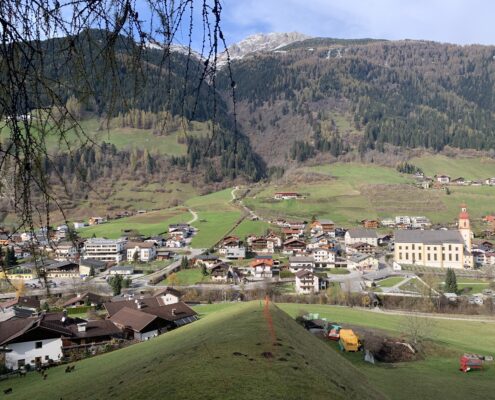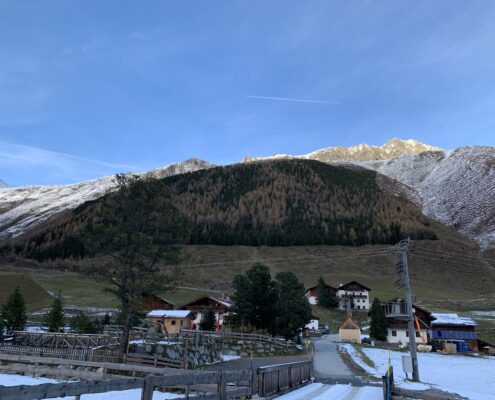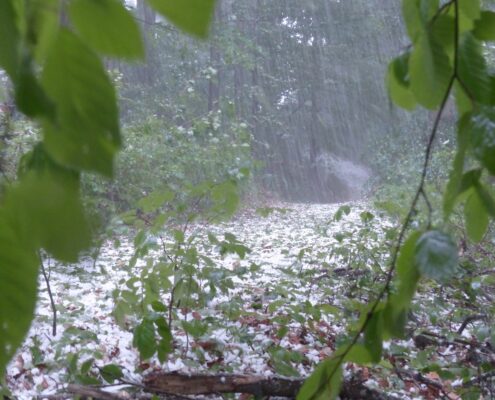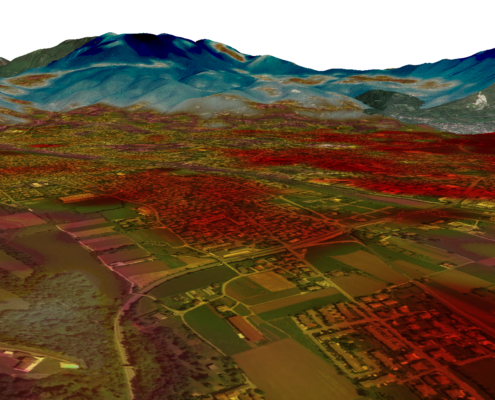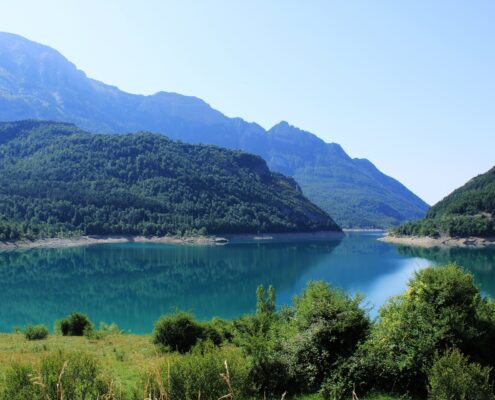 https://greenmarked.it/wp-content/uploads/2024/03/nareeta-martin-FoG7PKNYjpM-unsplash-scaled.jpg
1707
2560
Barbara Centis
https://greenmarked.it/wp-content/uploads/2022/01/LOGO-GREENMARKED-SITO-600x600.png
Barbara Centis2024-03-21 21:10:062024-03-22 23:07:21Waste Management: State of the Art and Future Emergencies
https://greenmarked.it/wp-content/uploads/2024/03/nareeta-martin-FoG7PKNYjpM-unsplash-scaled.jpg
1707
2560
Barbara Centis
https://greenmarked.it/wp-content/uploads/2022/01/LOGO-GREENMARKED-SITO-600x600.png
Barbara Centis2024-03-21 21:10:062024-03-22 23:07:21Waste Management: State of the Art and Future EmergenciesSeptember 05, 2023
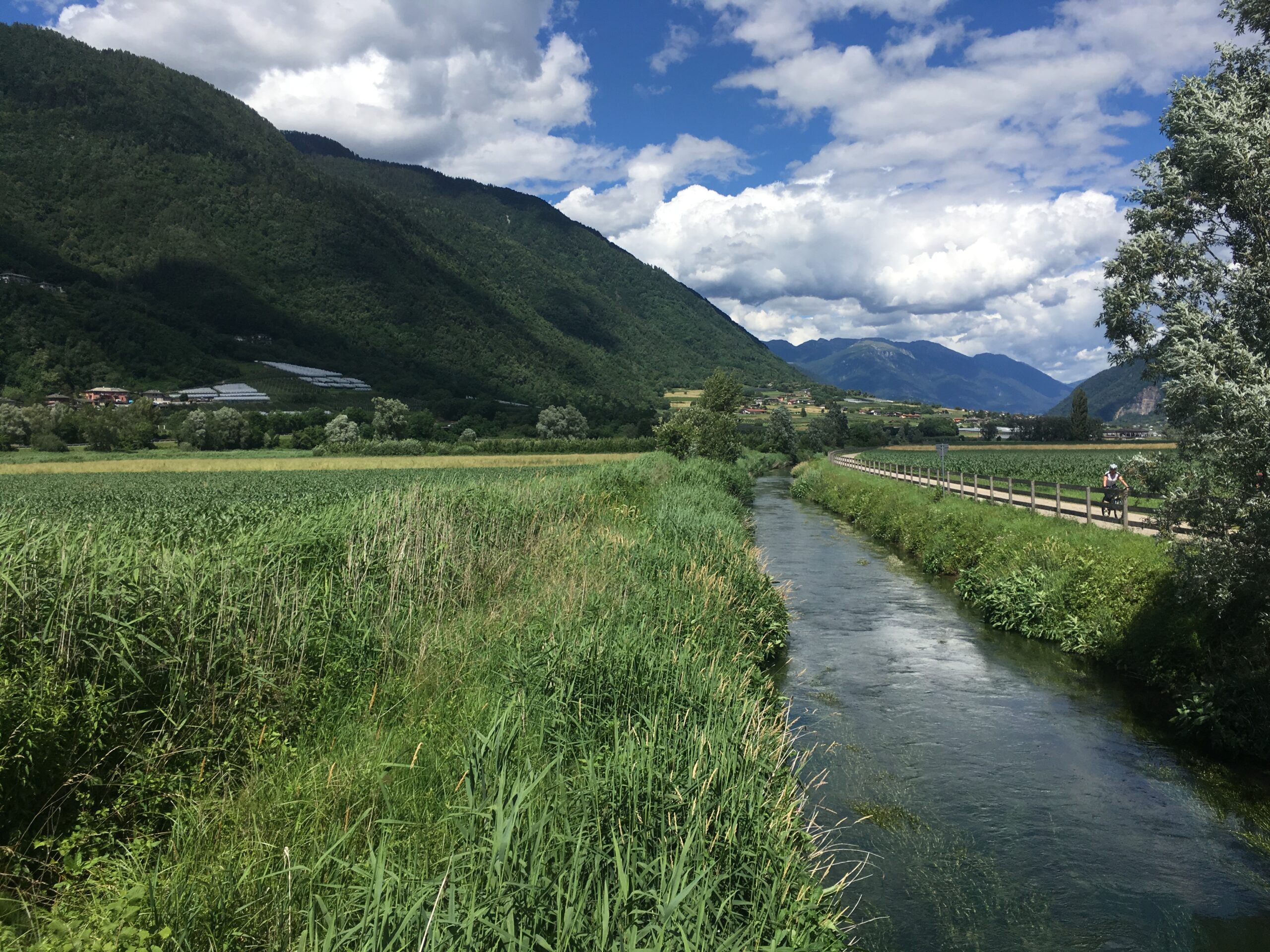
“Have you ever observed the fall of torrential rain in a bare valley?
Recall for a moment. The spectacle demonstrates with the mute eloquence of things, how it accomplishes that work of gradual demolition operated with brutal energy by the waters, which unrestrainedly run robbery down the bare woodland stoops.”
These are the (markedly antiquated) words with which opens a technical-scientific-disclosure tract by the Italian Touring Club, Propaganda Commission “For the Forest and for the Pasture” with the eloquent title, “The Forest versus the Stream.” Year 1910! [1]
By reading this essay now, it is really well edited, not only in typographical terms (with numerous black and white pictures and hand-drawn color extracts, a fact not taken for granted at the time) but especially in technical terms.
Anyone with a little experience in water management in mountain and valley environments will understand what is reported here, which turns out to be thoroughly modern, although written more than a hundred years ago. Because when you think about it, everything technical that we still do today in our mountains has nothing really new. Sure, materials, construction techniques and supporting machinery change. Monitoring tools (practically nonexistent at the time) also change: think of new laser, remote sensing or integrated data collection technologies. But at the root of it all, the needs for our valleys, in terms of water-forest-human coexistence, are still the same.
Regarding the Faussimagna torrent (in the Cozie Alps, between Cuneo and Turin), the presentation of it, following a flood event that destroyed some villages along the valley, is of absolute simplicity and directness: “The King, in the aftermath of the tragic flood, rushed to the places devastated by the torrent. The citizens, appalled by the mourning of the frightful night, demanded the embankment of the Faussimagna […]. – We must reforest up there! – exclaimed the King, pointing to the high, bare cliff face of Mount St. Bernard. Such is in fact the only remedy: the ubertose plain, the safety of the settlements are not defended with the levees, which are too often impotent, but with the forest on the mountain”. However modern you may find in these words, remember that they are dated the year 1906!
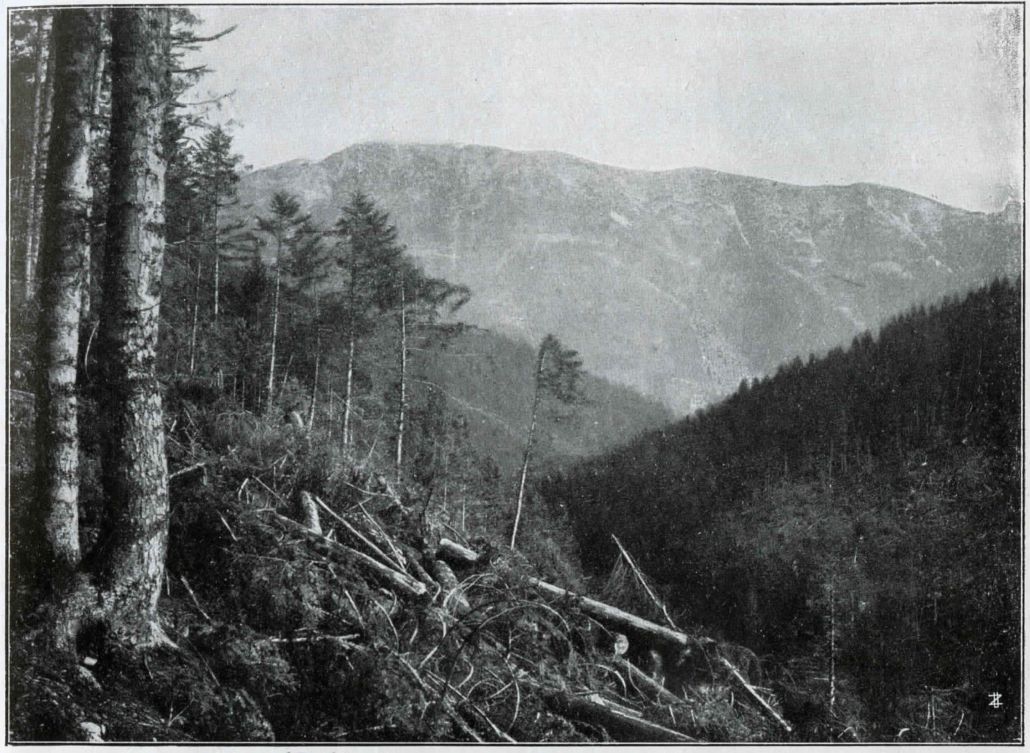
Fig. 1: Storm Vaia but in the early 1900s. “The effects of a hurricane. Even the richly forest-covered ground could not prevent the effects of the wild waters of the bare mountain area above”. Photo. Pietro Rizzi, isp. for. and C. D. Bonomo – Asiago. Source: [1]
For the Veneto area, then, the problem is not limited only to mountain streams, for which the same prescriptions implemented in the rest of the Alps also applied and still apply. Indeed, Veneto sees the presence of a dense network of lowland waters, variously exploited and no less fearsome than Alpine streams.
Accommodation of slopes in upstream sections, correction of ravines, planting of tree and shrub species, correction and modification of embankments and curves, consolidation of landslides, defense against avalanches. The table of contents of a modern book on hydraulic-forestry systems would certainly not look much different.
It is enough to look at these images to understand that much of what we see in our valleys today is just the legacy of centuries-old knowledge, technique and building architecture always aimed at safeguarding man and his spaces.
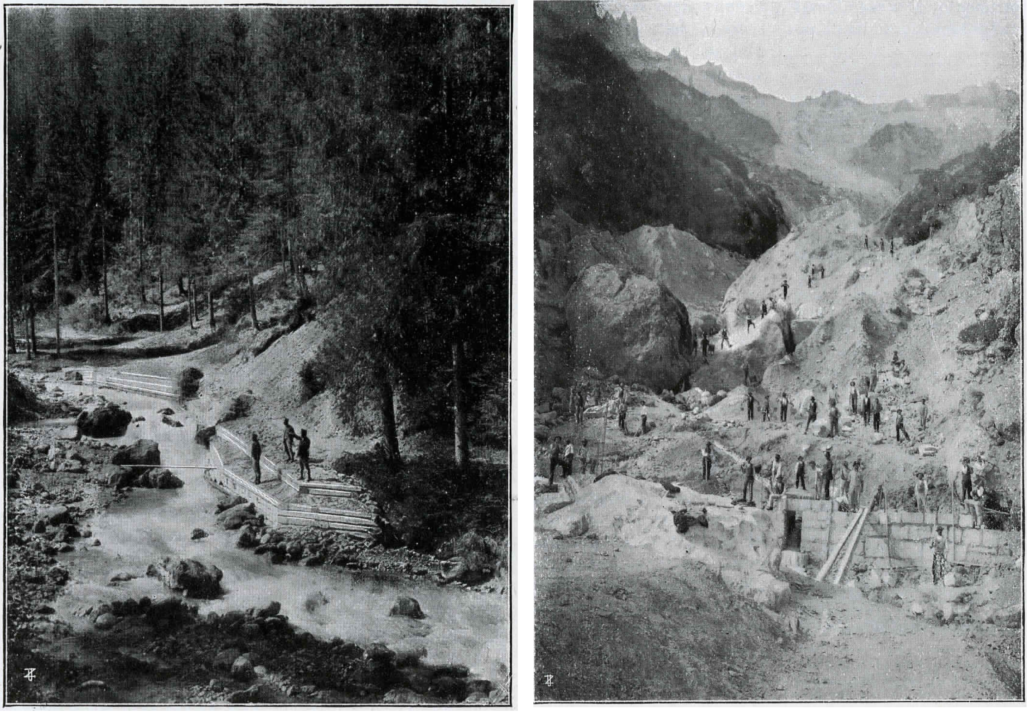
Fig. 2a – left side: “A log defense at a bend. Without this defense, the stream would run over the slope somewhat devoid of trees, beginning its demolition, which, once started, could extend upward with serious consequences“. Photo: Fini – Treviso. Source: [1]
Fig. 2b – right side: “The construction of a large bridleway in the Rotolon Valley above Recoaro (Vicenza)”. Photo. Magistrato delle Acque – Venice. Source: [1]
However, mountain waters are not only the bearers of calamities and natural disasters. A positive example is certainly the activity of fluitation: the mode of timber transport that was practiced for centuries on the waterways. And the hand of man has not been slow, even in this case, to put its modifications on it. The so-called “risine” are nothing more than channels, made of rubble when they were fixed, but more frequently of temporary lumber strands, to be used as chutes where logs or other woody assortments could slide down mountain slopes. Historic and noteworthy for the Italian Tyrol (i.e., present-day Trentino) are the fluitation transport systems developed in the 19th century in the Lagarina Valley and along the Avisio River. In each case, “fluitation affected in a customary way a large part of the main hydrographic network of the Italian Tyrol. Fluitation with rafts was mandatory only on the Adige downstream of the Burgstall (Postal) station” [2].
Finally, with regard to a modernity of visions and needs that have never radically changed over the centuries, I am pleased to quote the final lines of the treatise on forest and stream. From the perspective of modern bottom-up integration, the multifunctionality of forests and mountains, and the protection of the environment and local people, my impression is that certain concepts were already well understood more than a century ago. Will we finally be aware of this?
“The State except in mountain basins, for the arrangement of which it must provide directly because of the high public interests of a general character which advise it, and except for the creation of a forest domain of a special character, can only exert an action of encouragement and aid to the work of local authorities and private individuals.
The forest, let us remember, is a great cheap laboratory of future wealth […] and its workers great or small, visible and invisible, are only waiting to be put to work and to be quietly thrown to work, in the solemn industrious peace of their fruitful and mysterious agglomerations”.
This article is part of the project “PILLOLE D’ACQUA PIANA: seminari itineranti, blog e podcast per una gestione sostenibile delle risorse idriche in Piana Rotaliana” carried out by ECONTROVERTIA APS and supported by Fondazione Caritro (Prot. no. U445.2023/SG.386 of April 23, 2023).


Related articles:
References:
[1] G. di Tella, Il Bosco Contro il Torrente. La redenzione delle terre povere, Touring Club Italiano, 1910.
[2] M. Cerato, Le radici dei boschi. La questione forestale del Tirolo italiano durante l’Ottocento, Publistampa Edizioni, 2019.
Cover- and preview image: A typical alpine valley with its watercourse. Author, Località Lago Morto, Levico Terme (Trento, Italia), June 2020

